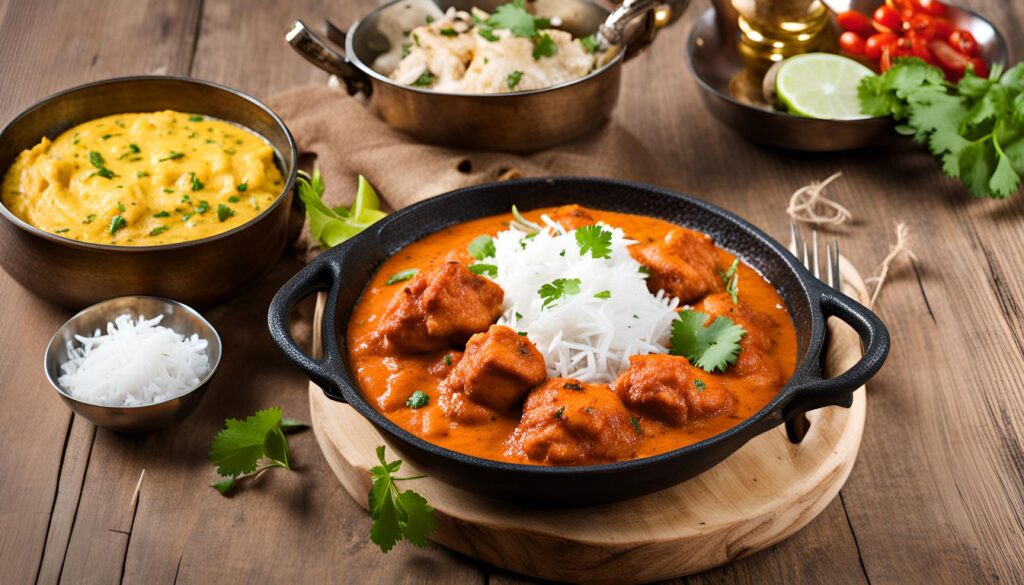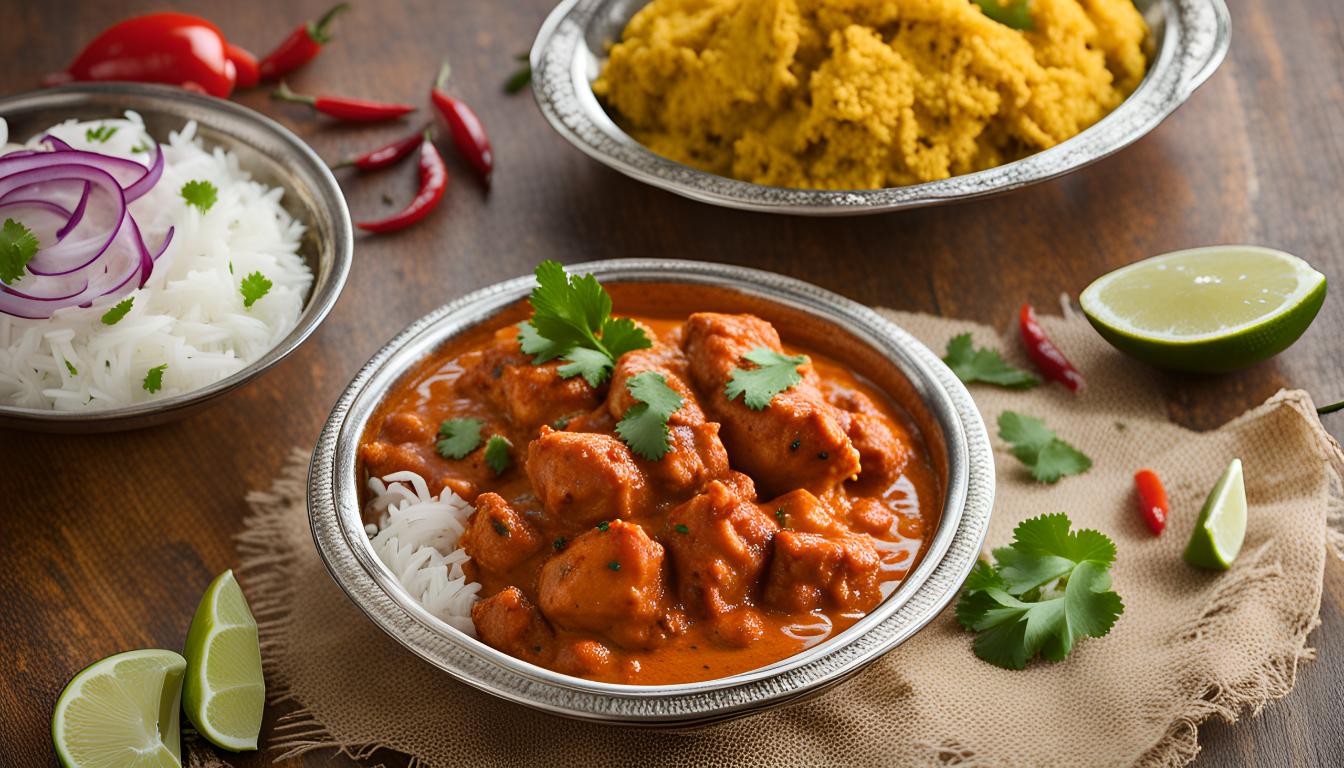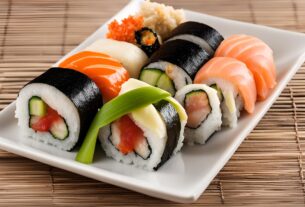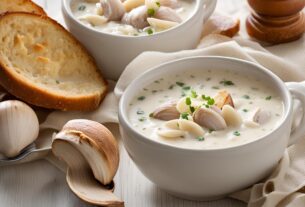Unraveling the Essence of Chicken Tikka Masala: A Deep Dive into Indian Cuisine
Chicken Tikka Masala stands as a beloved icon of Indian cuisine, celebrated globally for its aromatic spices, tender chicken, and creamy tomato-based sauce. Originating from the Indian subcontinent, this dish has evolved into a quintessential representation of the diverse flavors and culinary traditions that define Indian gastronomy. In this extensive exploration, we will uncover the history, ingredients, preparation methods, cultural context, and practical tips for mastering Chicken Tikka Masala in your own kitchen.
Historical Origins and Evolution
The exact origins of Chicken Tikka Masala are somewhat debated, with several stories and theories surrounding its creation. One prevalent belief traces its roots to the Indian diaspora in the United Kingdom during the mid-20th century. According to popular legend, Chicken Tikka Masala was invented by Bangladeshi chefs in British Indian restaurants as a variation of Chicken Tikka—an Indian dish of marinated grilled chicken.
The adaptation of Chicken Tikka Masala was influenced by British tastes, resulting in a rich, creamy sauce infused with aromatic Indian spices to complement the grilled chicken. Over time, the dish gained immense popularity in the UK and spread globally, becoming a staple in Indian restaurants worldwide and even recognized as a national dish in the UK.

Essential Ingredients for Chicken Tikka Masala
Chicken Tikka Masala comprises two main components: the marinated chicken (Chicken Tikka) and the creamy tomato-based sauce (Masala). Here are the essential ingredients for both components:
For Chicken Tikka:
– Chicken: Boneless chicken thighs or breast, cut into bite-sized pieces.
– Yogurt: Plain yogurt, used as a tenderizer for the chicken.
– Spices: A blend of ground cumin, coriander, turmeric, paprika, garam masala, and Kashmiri red chili powder for flavor and color.
– Garlic and Ginger Paste: Freshly minced or grated garlic and ginger, providing aromatic depth to the marinade.
– Lemon Juice: Adds a tangy flavor and helps tenderize the chicken.
– Salt: To season the chicken and enhance flavors.
For Masala Sauce:
– Tomatoes: Fresh tomatoes or canned tomato puree for the base of the sauce.
– Onions: Finely chopped onions cooked until caramelized to add sweetness and depth.
– Cream: Heavy cream or cashew cream for richness and creaminess.
– Butter or Ghee: Used for sautéing onions and adding richness to the sauce.
– Spices: Ground cumin, coriander, turmeric, garam masala, Kashmiri red chili powder, and fenugreek leaves (kasuri methi) for aromatic flavor.
– Garlic and Ginger Paste: Freshly minced or grated garlic and ginger, providing essential flavors to the sauce.
– Cashews (optional): Used to thicken the sauce and add richness.
Cooking Techniques for Chicken Tikka Masala
Preparing Chicken Tikka Masala involves two main steps: marinating and grilling the chicken (Chicken Tikka) and preparing the creamy tomato-based sauce (Masala). Here’s a detailed guide to mastering both components:
Step 1: Marinating and Grilling Chicken Tikka
1. Prepare the Marinade:
– In a large bowl, combine yogurt, garlic and ginger paste, lemon juice, salt, and a blend of ground spices (cumin, coriander, turmeric, paprika, garam masala, Kashmiri red chili powder).
– Add chicken pieces to the marinade, ensuring they are evenly coated. Marinate for at least 2 hours, preferably overnight in the refrigerator, to allow flavors to penetrate the meat.
2. Grill the Chicken:
– Preheat a grill or grill pan over medium-high heat. Thread marinated chicken pieces onto skewers.
– Grill the chicken skewers for 5-6 minutes per side, or until fully cooked and charred marks appear. Remove from heat and set aside.
Step 2: Prepare Creamy Tomato Masala Sauce
1. Sauté Onions and Spices:
– In a large skillet or saucepan, heat butter or ghee over medium heat. Add finely chopped onions and sauté until soft and golden brown.
– Add garlic and ginger paste, cooking for another minute until fragrant. Stir in ground spices (cumin, coriander, turmeric, garam masala, Kashmiri red chili powder) and cook for a few minutes to toast the spices.
2. Add Tomatoes and Simmer:
– Pour in tomato puree or diced tomatoes with their juices. Cook over medium heat, stirring occasionally, until the tomatoes break down and the sauce thickens.
– If using cashews, blend them with a little water to form a smooth paste and add to the sauce for creaminess (optional).
3. Finish with Cream and Chicken:
– Reduce heat to low and stir in heavy cream or cashew cream. Simmer gently for a few minutes until the sauce is heated through and creamy.
– Add grilled Chicken Tikka to the sauce, stirring gently to coat the chicken pieces with the Masala sauce.
4. Adjust Seasoning and Serve:
– Taste the Chicken Tikka Masala and adjust seasoning with salt and additional spices if needed. Sprinkle with dried fenugreek leaves (kasuri methi) for added aroma and flavor.
– Serve hot with steamed basmati rice, naan bread, or roti. Garnish with fresh cilantro leaves and a dollop of yogurt if desired.
Cultural Significance of Chicken Tikka Masala
Chicken Tikka Masala holds cultural significance as a representation of India’s culinary diversity and the fusion of flavors influenced by historical trade routes and regional cuisines. It embodies the essence of Mughlai cuisine, characterized by rich, creamy sauces and aromatic spices, while also adapting to global tastes and preferences.
In Indian households and restaurants, Chicken Tikka Masala is cherished as a comforting and indulgent dish enjoyed during festive occasions, family gatherings, and celebrations. Its popularity extends beyond borders, making it a symbol of India’s culinary diplomacy and cultural exchange worldwide.
Tips for Perfecting Chicken Tikka Masala at Home
To achieve restaurant-quality Chicken Tikka Masala at home, consider the following tips:
– Marinate Overnight: For the most flavorful Chicken Tikka, marinate the chicken overnight to allow the spices and yogurt to tenderize the meat thoroughly.
– Grill or Broil Chicken: Use a grill, grill pan, or broiler to achieve charred and smoky flavors on the Chicken Tikka before adding it to the Masala sauce.
– Balance Spices: Adjust the amount of spices to suit your preference for heat and flavor. Start with less and add more gradually to avoid overpowering the dish.
– Use Fresh Ingredients: Opt for fresh tomatoes, onions, garlic, and ginger for vibrant flavors in the Masala sauce.
– Simmer the Sauce: Allow the Masala sauce to simmer gently to meld flavors and achieve a creamy consistency without overcooking the chicken.
Conclusion
Chicken Tikka Masala stands as a testament to the rich culinary heritage of India, blending traditional flavors with global influences to create a dish that captivates palates worldwide. Its journey from humble origins to global acclaim reflects the dynamic evolution of Indian cuisine and its ability to adapt and innovate while preserving authentic flavors and techniques.
By exploring the intricacies of Chicken Tikka Masala—from its historical roots to its essential ingredients and cooking techniques—you embark on a culinary adventure that celebrates India’s cultural diversity and culinary craftsmanship. Whether preparing it for a special occasion or a cozy family dinner, Chicken Tikka Masala invites you to savor the warmth, spice, and richness of Indian flavors in every delightful bite.
Through this comprehensive guide, you are equipped with the knowledge and skills to recreate Chicken Tikka Masala with authenticity and flair, ensuring a memorable dining experience that honors tradition while embracing your own creative expression. Embrace the art of Indian cooking, and indulge in the pleasure of sharing delicious food and cultural heritage with those around you.
In conclusion




